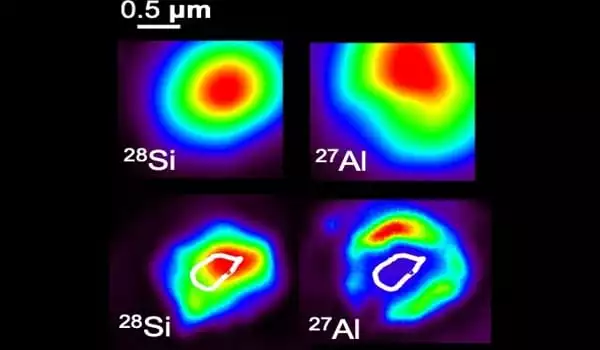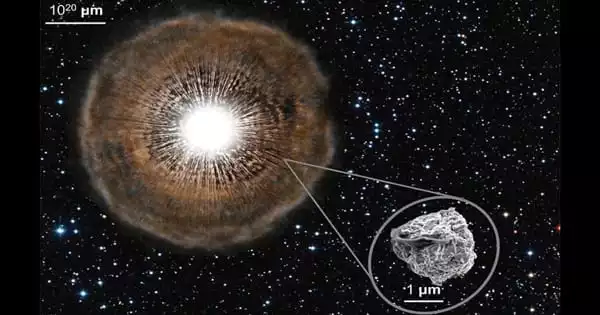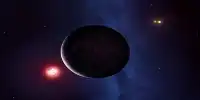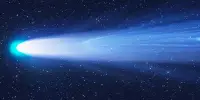A new study examines a diverse set of presolar grains in order to determine their true stellar origins. Some pristine meteorites contain a record of the solar system’s original building blocks, such as grains formed in ancient stars that died before the sun formed. One of the most difficult aspects of studying these presolar grains is determining the type of star from which each grain originated.
Nan Liu, research assistant professor of physics in the Arts & Sciences department at Washington University in St. Louis, is the lead author of a new study published in Astrophysical Journal Letters that examines a diverse set of presolar grains in order to determine their true stellar origins.
Liu and her colleagues measured isotopes of a variety of elements, including N and Mg-Al isotopes, in presolar silicon carbide (SiC) grains using a cutting-edge mass spectrometer called NanoSIMS. The scientists were able to visualize their samples with higher spatial resolution than previous studies because they refined their analytical protocols and used a new-generation plasma ion source.
For 4.6 billion years, presolar grains have been embedded in meteorites and are sometimes coated with solar materials on the surface. Because of the increased spatial resolution, our team was able to see Al contamination attached to the surface of a grain and obtain true stellar signatures by including signals only from the core of the grain during data reduction.
Nan Liu
“For 4.6 billion years, presolar grains have been embedded in meteorites and are sometimes coated with solar materials on the surface,” Liu explained. “Because of the increased spatial resolution, our team was able to see Al contamination attached to the surface of a grain and obtain true stellar signatures by including signals only from the core of the grain during data reduction.”
The grains were sputtered for extended periods of time with an ion beam to expose clean, interior grain surfaces for isotopic analysis. The researchers discovered that after extended ion sputtering, the N isotope ratios of the same grain increased significantly.
C and N isotope ratios are two exceptions to the rule for measuring isotope ratios in stars. Based on the observed isotopic ratios of these stars, the new C and N isotope data for the presolar grains reported in this study directly link the grains to different types of carbon stars.

“The new isotopic data obtained in this study are exciting for stellar physicists and nuclear astrophysicists like me,” said Maurizio Busso, a study co-author based at the University of Perugia in Italy. “Indeed, the ‘abnormal’ N isotopic ratios of presolar SiC grains have been a significant source of concern over the last two decades. The new findings explain the difference between what was originally present in the presolar stardust grains and what was added later, resolving a long-standing puzzle in the scientific community.”
The investigation also includes a thorough examination of the radioactive isotope aluminum-26 (26Al), which served as an important heat source during the evolution of young planetary bodies in the early solar system as well as other extra-solar systems. The scientists deduced that large amounts of 26Al were initially present in all measured grains, as predicted by current models. The researchers determined how much 26Al was produced by the grains’ “parent stars.” Liu and her colleagues concluded that stellar model predictions for 26Al are at least a factor of two too high when compared to grain data.
The data-model offsets, according to Liu, likely point to uncertainties in relevant nuclear reaction rates, motivating nuclear physicists to pursue better measurements of these reaction rates in the future. The findings of the team link some of the presolar grains in this collection to previously unknown carbon stars with unusual chemical compositions.
The isotopic data from the grains point to H-burning processes occurring at higher-than-expected temperatures in such carbon stars. This data will assist astrophysicists in developing stellar models to better understand the evolution of these stellar objects.
“As we learn more about the sources of dust, we can learn more about the history of the universe and how various stellar objects within it evolve,” Liu explained.














